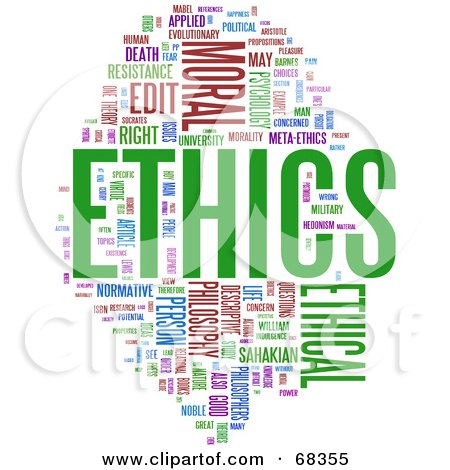Pina by Wim Wenders
I decided to review a contemporary dance performance piece for my BAPP by the German choreographer Pina Bausch. This was shown in a documentary film made by Wim Wenders, showing some of Pina’s work with her dance company. This documentary film ‘Pina’ was discussed in LinkedIn, Dance Historian’s Network group forum. (1)
I watched her choreographed work on Youtube and noticed a production of ‘Le Sacre du Printemps’. The original ‘The Rite of Spring’ (2) was by Nijinsky in 1913. I was intrigued to see what Pina’s version would be like. I found there was a link with my emerging line of inquiry question based on ‘Does the fusion of multiple dance styles have a negative effect on conservation of historical, cultural or original dance dance’
Nijinsky’s ballet at that time caused a riot as the Russian audience expected to see the usual ballet of dancers in tutu’s and turned out feet in point shoes but instead they witnessed parallel and flat footed bare feet and both genders in identical costumes.
The essence of this ‘ballet’ was for the dancers to return to primal instinct. It was only performed 7 times because it was seen to be sordid.
Hodson and Archer reconstructed the ballet in circa 1976 (3). Hodson and Archer are a company dedicated to keeping dance ballets alive as originally choreographed.
The ballet is about pagan ritual of sacrifice and one woman chosen to dance to her death.
Pina’s production was performed in 1975 and danced on soil. I was immediately drawn and mesmerised by the dancers as they appeared in what seemed to be flimsy, spaghetti straps, petticoats in a nude shade. The women are grouped together and start moving in a powerfully strong wave. They awaken pent up emotions as the women launch themselves toward the men. Stravinsky’s musical score for has difficult rhythms and strong primitive drumming which gives an impression of violence and danger. The women start beating down towards the ground and make sounds of slapping their bodies at the end of a particular move. The dancers make heavy breathing sounds as they finish a section. I noticed that the style wasn’t very graceful but then read the translation of the company name Wuppertal Tanztheatre translated as Dance Theatre (Physical Theatre) (4)
The chosen women is defined by a red dress. The physical energy given to the moves exposes her breasts as she dances herself to death.
The main point of this documentary was to show Bausch’s extraordinary work. She died in 2009 shortly before filming. Her company dancers insisted on completing the documentary film.
As I ask myself my inquiry question about Bausch’s production compared to Nijinsky’s original, I personally don’t think there has been a negative effect with this particular ballet.
I’ve learnt that Hodson and Archer, are a company dedicated to the conservation of such original works.
With companies like Hodson and Archer taking on the jobs of conserving original ballets, there doesn’t seem much to worry about apart from being transparent and ‘good‘ in their business ethics.
Researching the origins of this ballet was like I tracing your ancestors back to confirming the blood line. And as we go in search of our ancestors we unearth surprises like cross cultural breeding or mixed marriages. This is how I see fusion with ‘The Dance’. All sorts of styles are mixed and used to experiment to produce 'some thing new'.
Researching the origins of this ballet was like I tracing your ancestors back to confirming the blood line. And as we go in search of our ancestors we unearth surprises like cross cultural breeding or mixed marriages. This is how I see fusion with ‘The Dance’. All sorts of styles are mixed and used to experiment to produce 'some thing new'.
How would another person view the exposure of the breast? Would this ballet be suitable for children and non dancers as it has violent and sexual connotations. How would you explain this to children today when moral ethics guide us to be ‘appropriate’. Don't artist’s have ‘artistic license’ (5).
Bausch’s vision of the fusion of Physical Theatre and Contemporary Dance has enhanced the ballet piece. It's an interesting fusion.
I watched the complete video, I found her other performances, solid and more contact with the earth. Energy almost emerging from earth’s core. Bausch, I discovered, as a choreographer hardly spoke to her dancers. I thought about her use of tacit knowledge. She sat behind her desk watching them for years and learning about them, it must have been as if she was penetrating their souls to discover and unearth their true identity for them to use in performance. Some of the dancers in the company had been with her for over twenty years.. It was like a family with mature dancers. It has inspired me as a mature dancer to think about my future and what mature dancers can offer audiences today.
I would recommend any dancer or film maker to watch this. Not just for Bausch’s work and her dancers but also the inspirational direction of the film. I found the complete video unpretentious, earth moving and inspiring.
‘Dance, dance otherwise we are lost’. Pina Bausch
(3) Hodson, Millicent. Nijinsky’s Crime against Grace: Reconstruction of the Original Choreography for Le Sacre de Printemps. Stuyvesant, NY: Pendragon Press, 1996.

